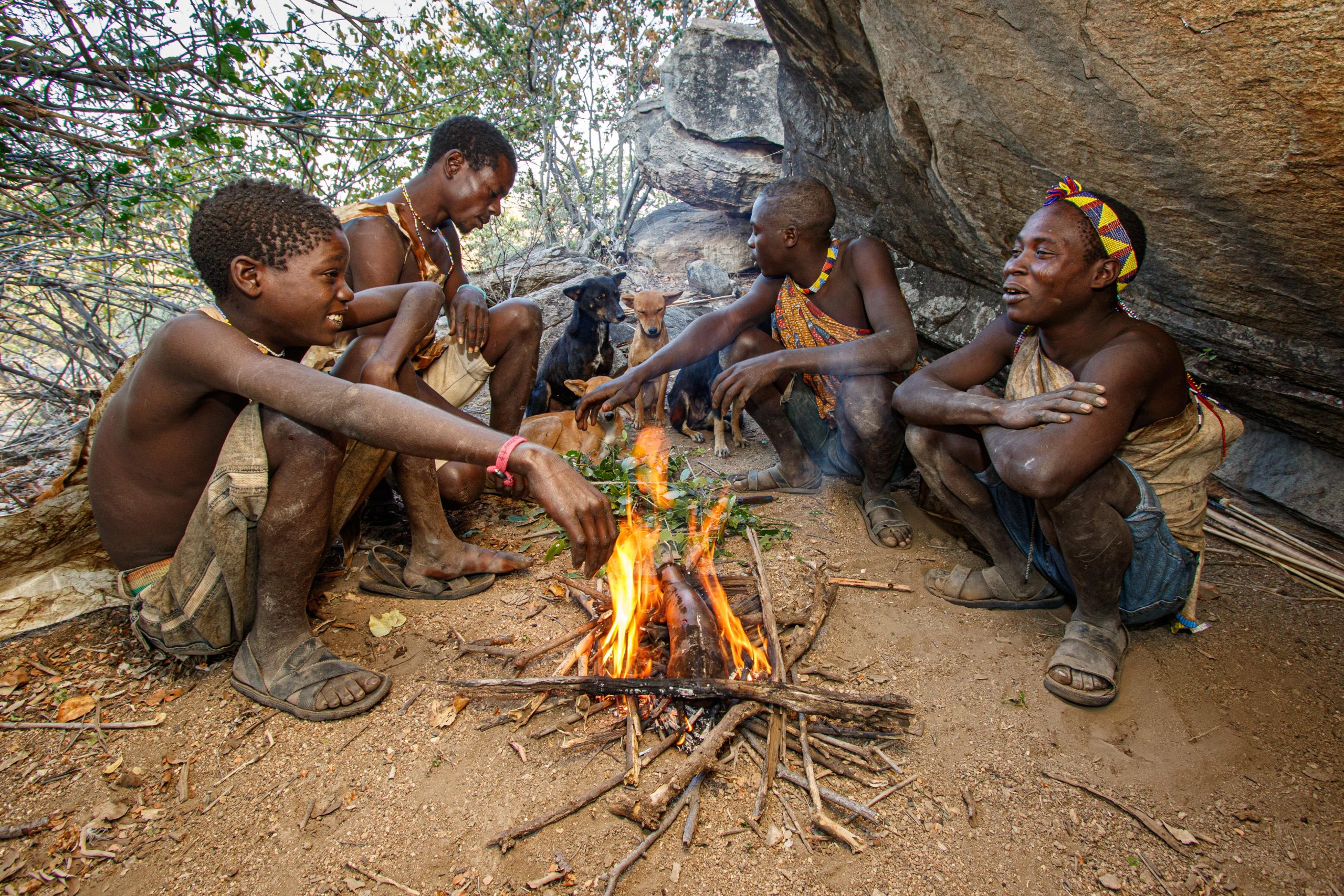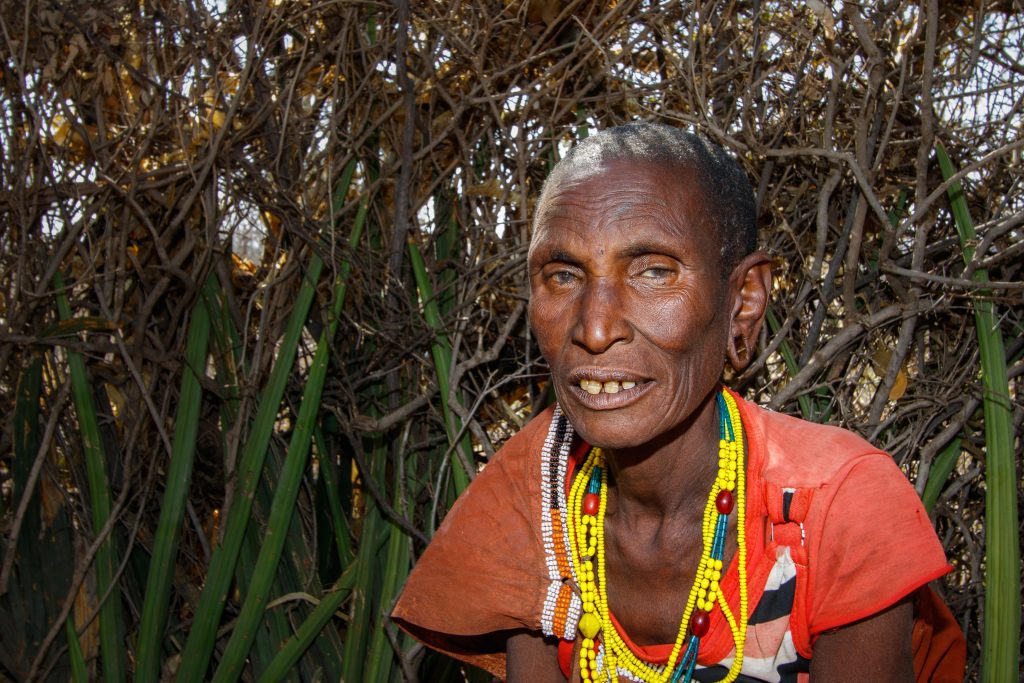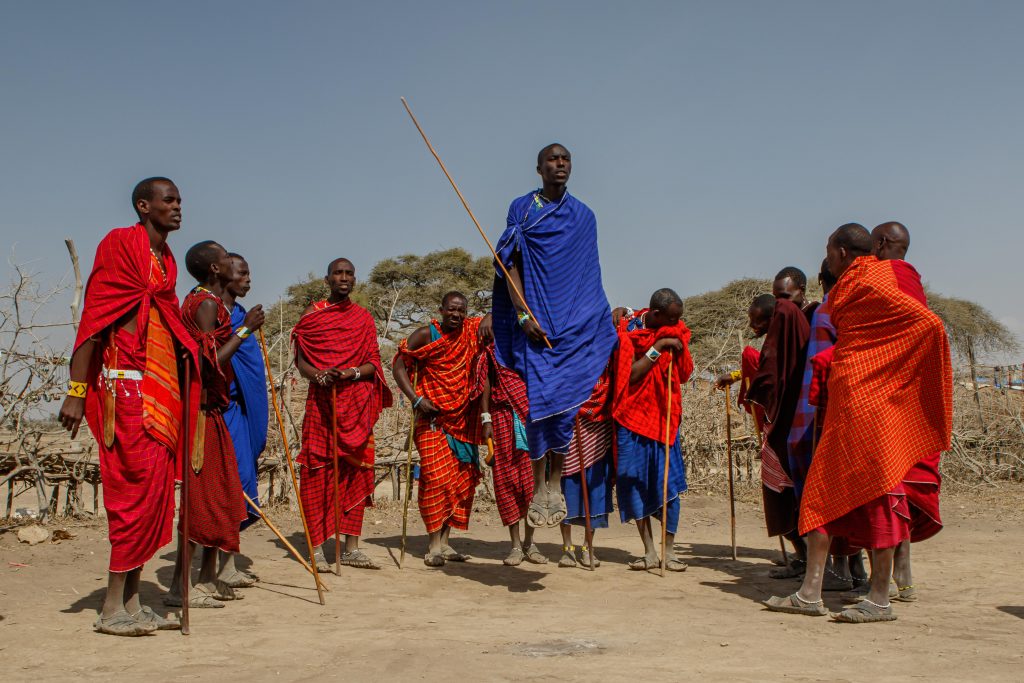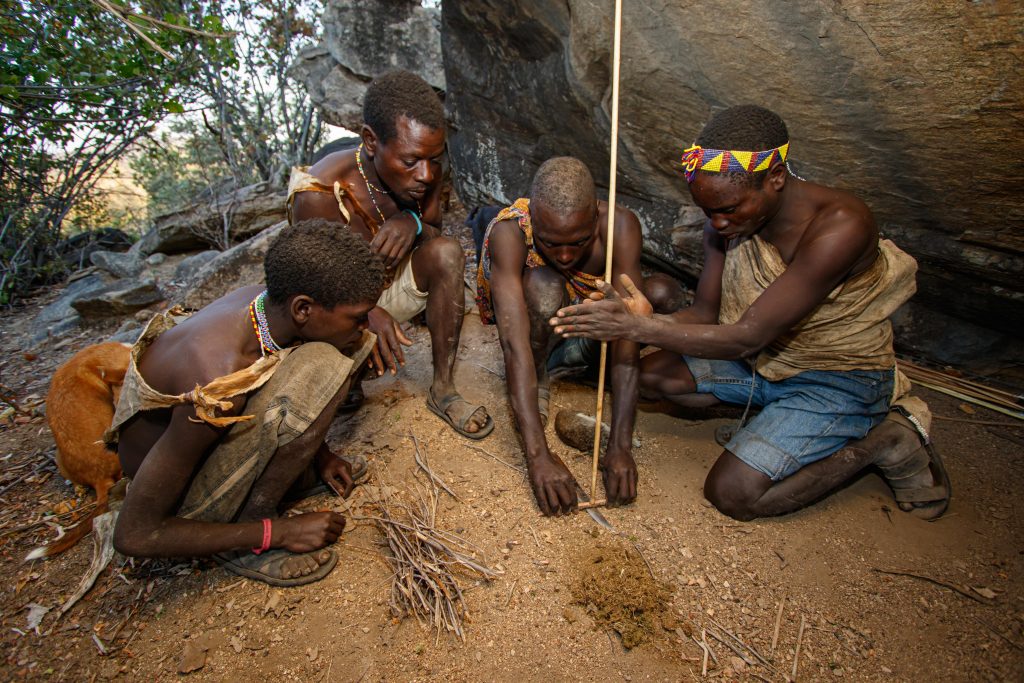the Hadzabe Tribe
indigenous people of tanzania
The Hadzabe are one of the last remaining hunter-gatherer tribes in the world, living around the arid regions of Lake Eyasi in northern Tanzania. With an estimated population of around 1,200–1,500 people, the Hadzabe have maintained their traditional way of life for thousands of years, relying on hunting wild animals and gathering fruits, roots, and honey for survival. They are considered one of the oldest continuous human cultures, with genetic studies suggesting a direct link to some of the earliest humans.
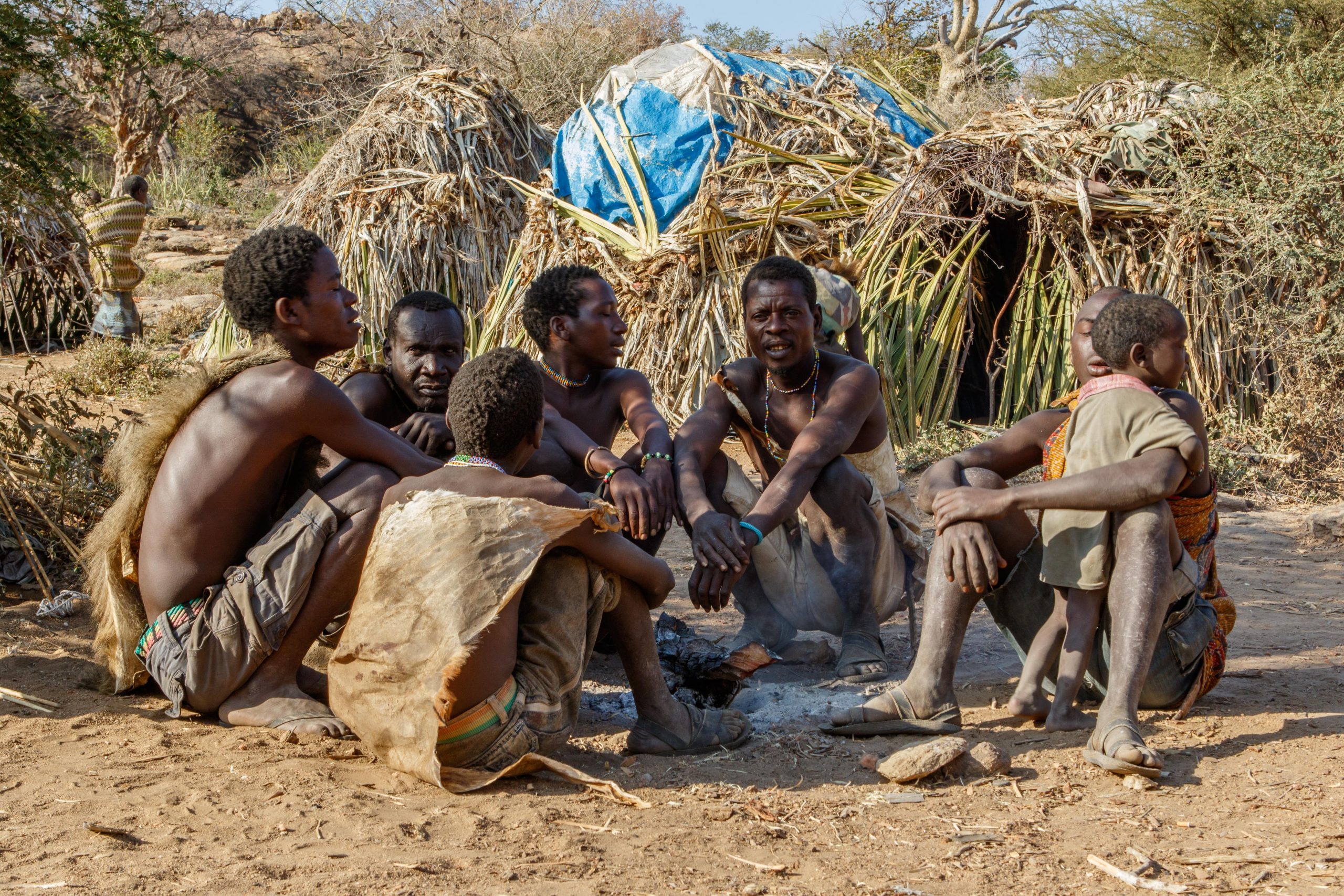
The Hadzabe have no permanent settlements and instead live in temporary grass huts or under rock shelters, moving frequently in search of food and water. Their diet consists of wild game, berries, tubers, baobab fruit, and honey. Men typically hunt using handmade bows and arrows, often tipped with poison extracted from desert plants. Women and children gather edible plants, roots, and fruits, contributing equally to the tribe’s sustenance. Honey is a prized resource, often harvested with the help of the honeyguide bird, which leads hunters to beehives in exchange for a share of the honeycomb.
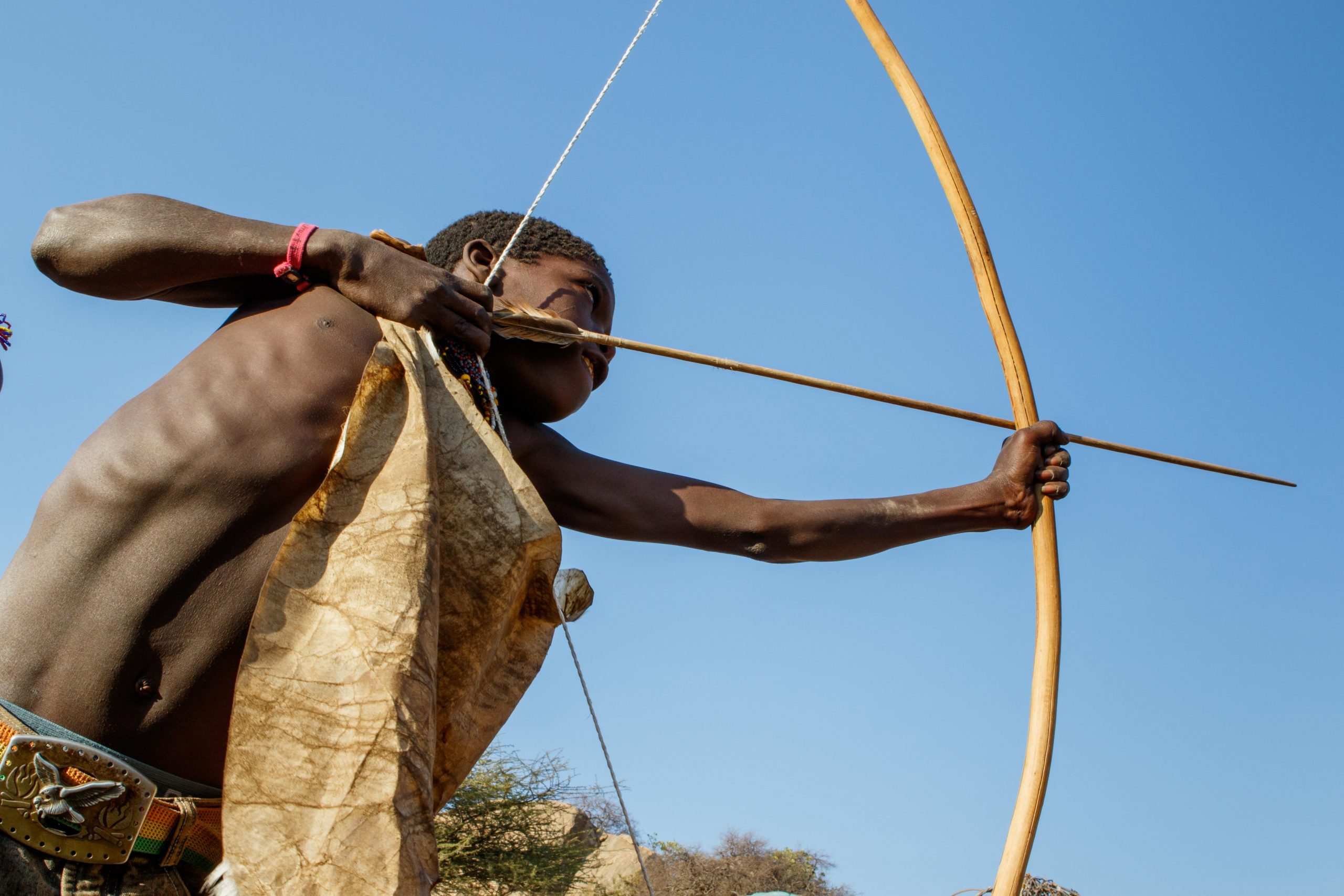
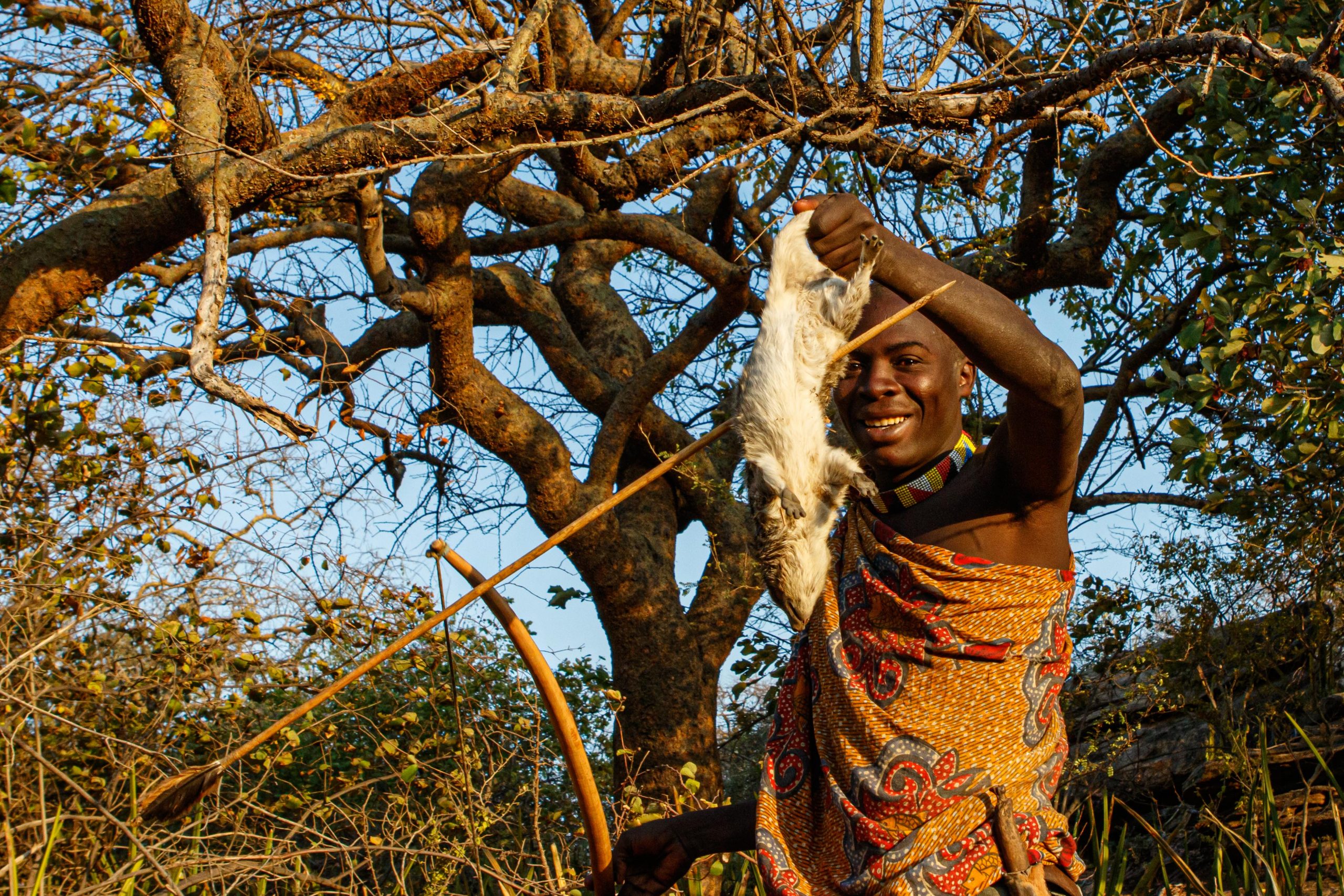
The Hadzabe speak the Hadzane language, a click language unique to their community, characterized by clicking sounds made with the tongue. It is an oral language with no written script, and storytelling plays a vital role in passing down knowledge, traditions, and survival skills from one generation to the next.
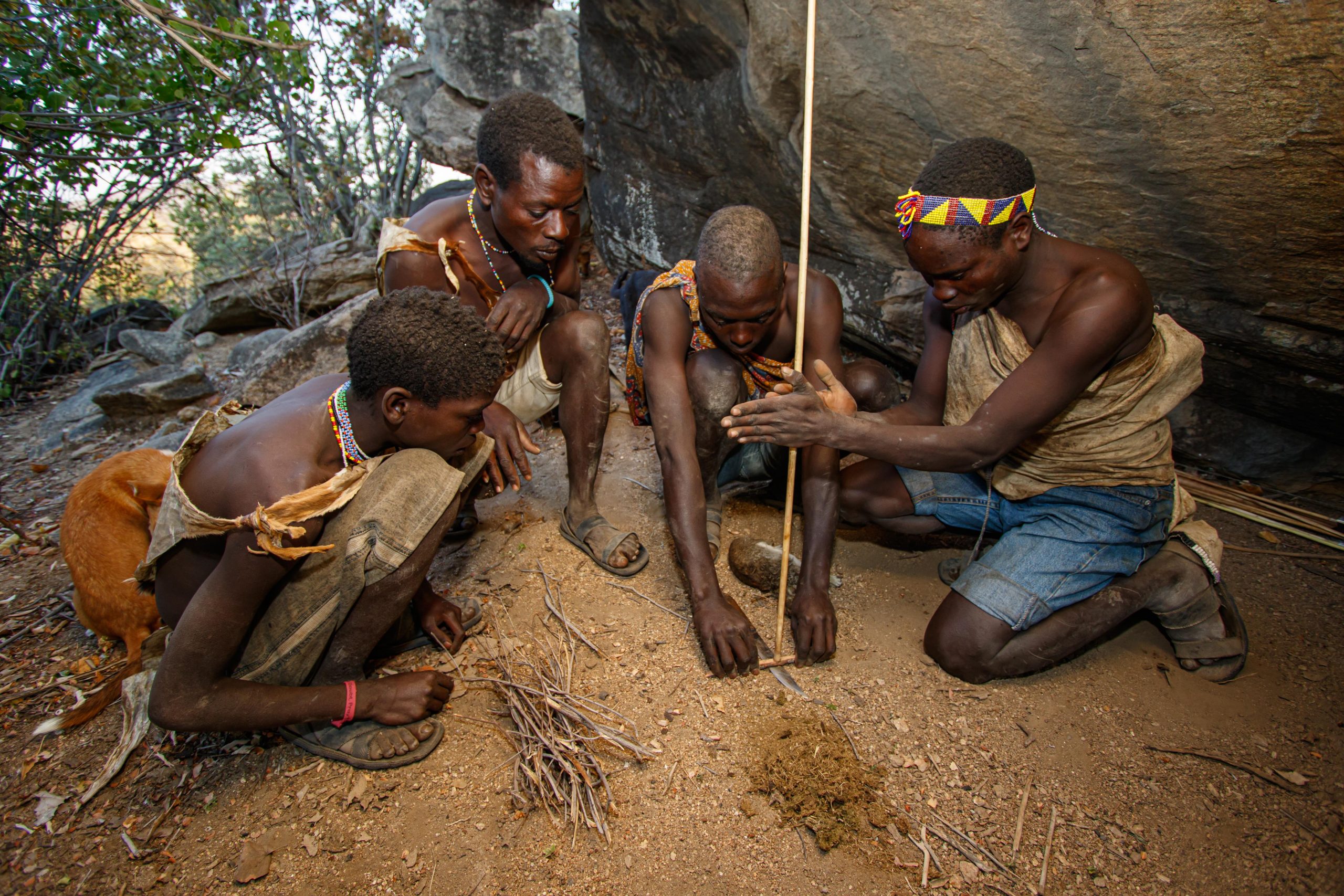
Socially, the Hadzabe have an egalitarian society, with no formal leaders or hierarchies. Decisions are made collectively, and resources such as food are shared freely among members of the group. Gender roles are well-defined but flexible, with mutual respect between men and women.
The Hadzabe’s relationship with their environment is deeply spiritual and rooted in respect for nature. They hunt only what is necessary, avoiding over-exploitation of their limited resources. Their intimate knowledge of plants, animals, and weather patterns allows them to navigate and thrive in an often harsh and unpredictable landscape.
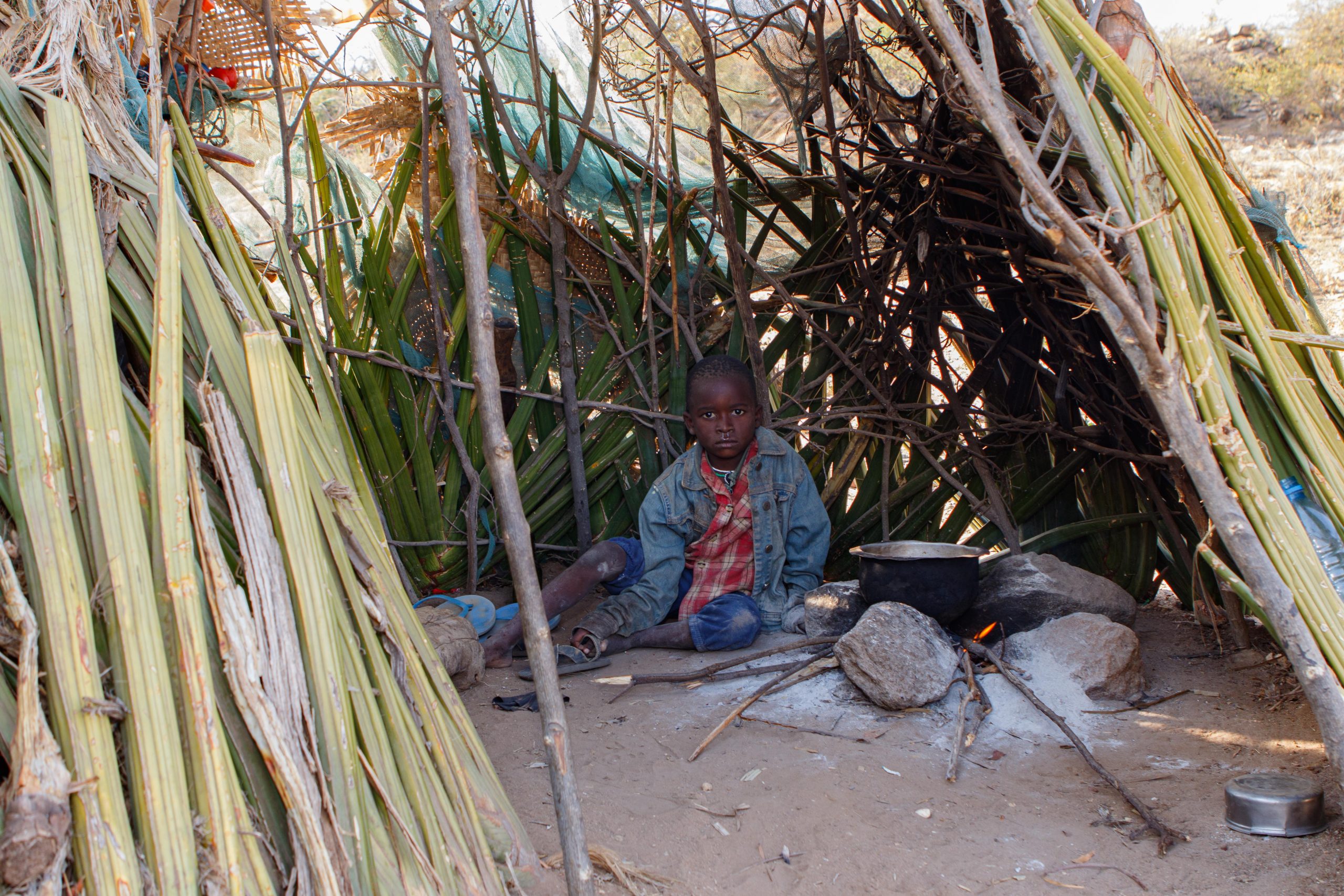
However, the Hadzabe face mounting challenges from land encroachment, agriculture, tourism, and conservation efforts that restrict their traditional hunting and gathering grounds. As their territory shrinks, their ability to sustain their way of life becomes increasingly threatened.
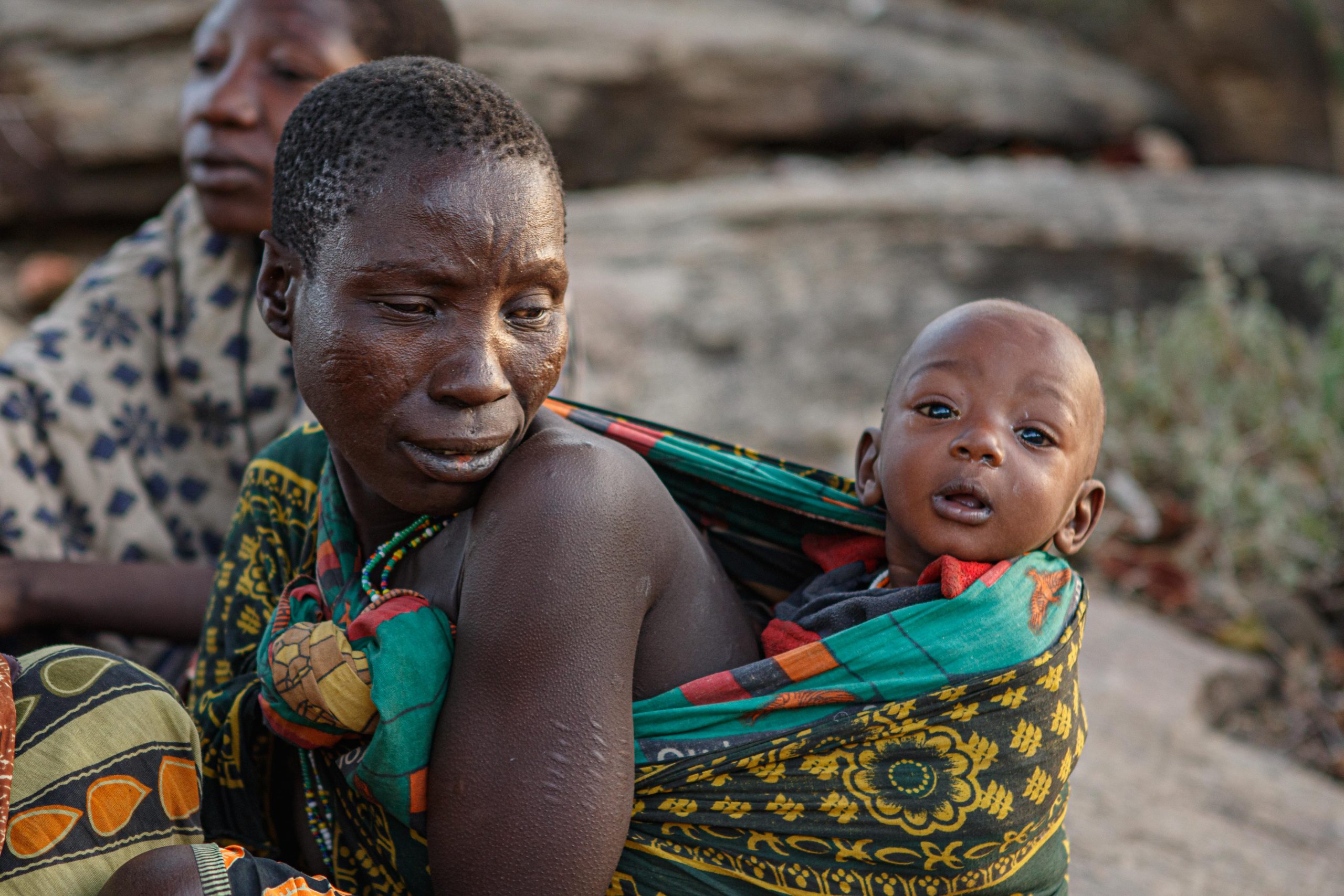
Efforts are being made by NGOs and conservation groups to protect Hadzabe land rights and promote sustainable tourism practices that benefit the tribe directly. Despite these pressures, the Hadzabe remain steadfast in preserving their traditions and connection to the land, offering a glimpse into a way of life that predates modern civilization. They stand as a reminder of humanity’s ancient roots and the enduring wisdom of living in harmony with nature.
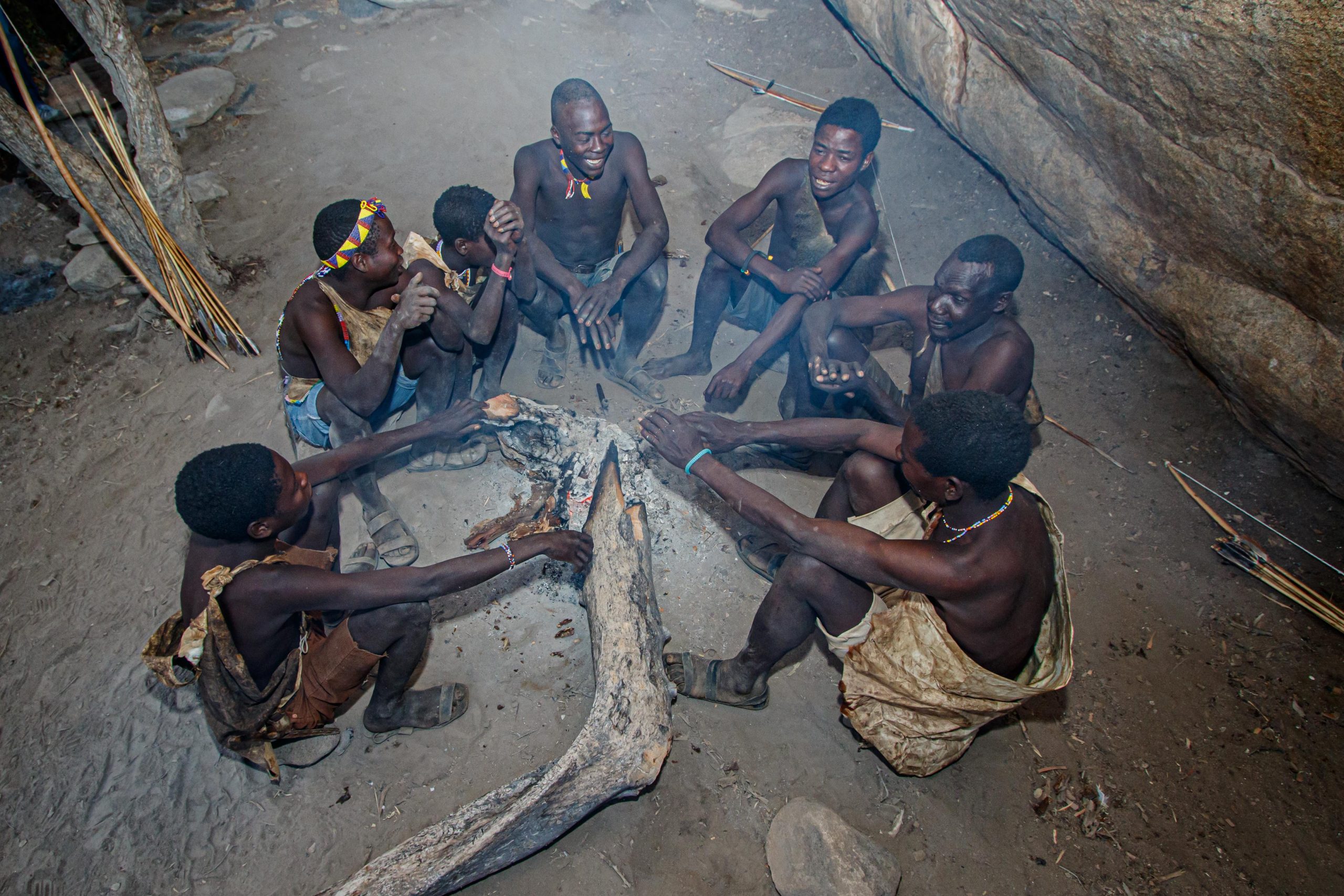
– related photo stories –
visual adventures
The Datoga Tribe - Tanzania
The Datoga are a semi-nomadic pastoralist tribe primarily residing in the Manyara Region near Lake Eyasi and the Ngorongoro Highlands in northern Tanzania. Numbering around 100,000 people, the Datoga are known for their cattle herding, metalworking skills, and resilience in adapting to the harsh, arid environments they inhabit. They are…
The Maasai - Tanzania
The Maasai are one of the most renowned and iconic indigenous tribes of East Africa, primarily living in the northern regions of Tanzania and southern Kenya. Known for their distinctive red attire, intricate beadwork, and semi-nomadic pastoralist lifestyle, the Maasai have preserved their rich cultural heritage despite the pressures of…
The Hadzabe Tribe - Tanzania
The Hadzabe are one of the last remaining hunter-gatherer tribes in the world, living around the arid regions of Lake Eyasi in northern Tanzania. With an estimated population of around 1,200–1,500 people, the Hadzabe have maintained their traditional way of life for thousands of years, relying on hunting wild animals…
